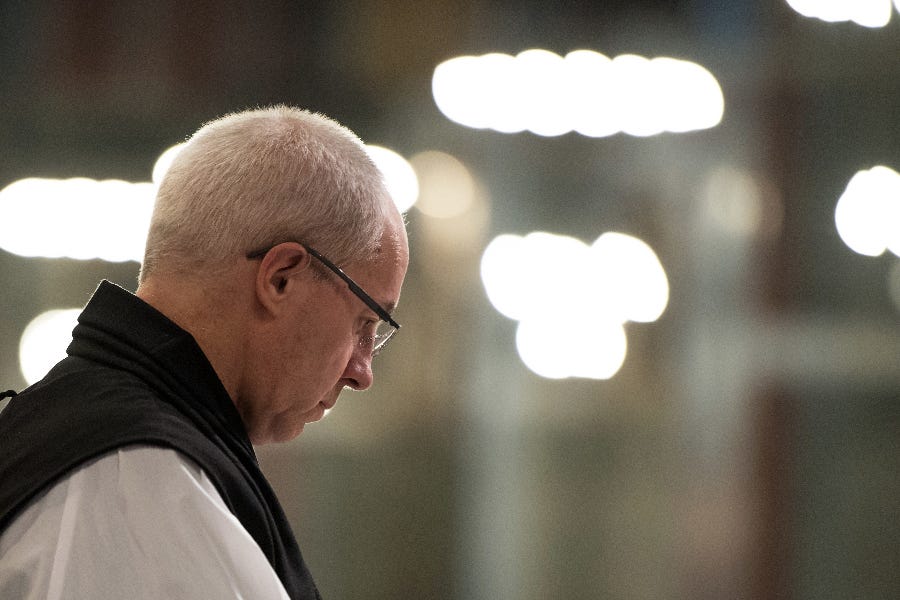How will the next Anglican Archbishop of Canterbury be chosen?
What are the criteria? And who are the front-runners for the post?
Justin Welby stood down as Archbishop of Canterbury Tuesday, following intense criticism of his handling of an abuse case.

His Nov. 12 resignation was a blow not only for the Chur…
